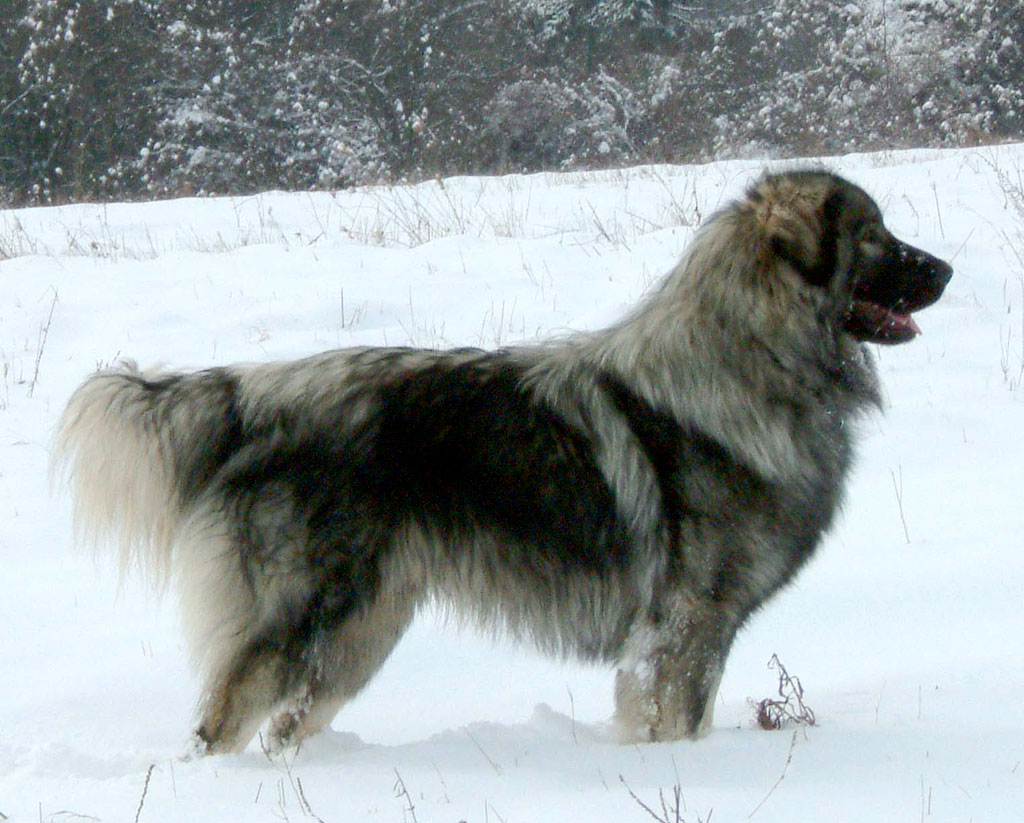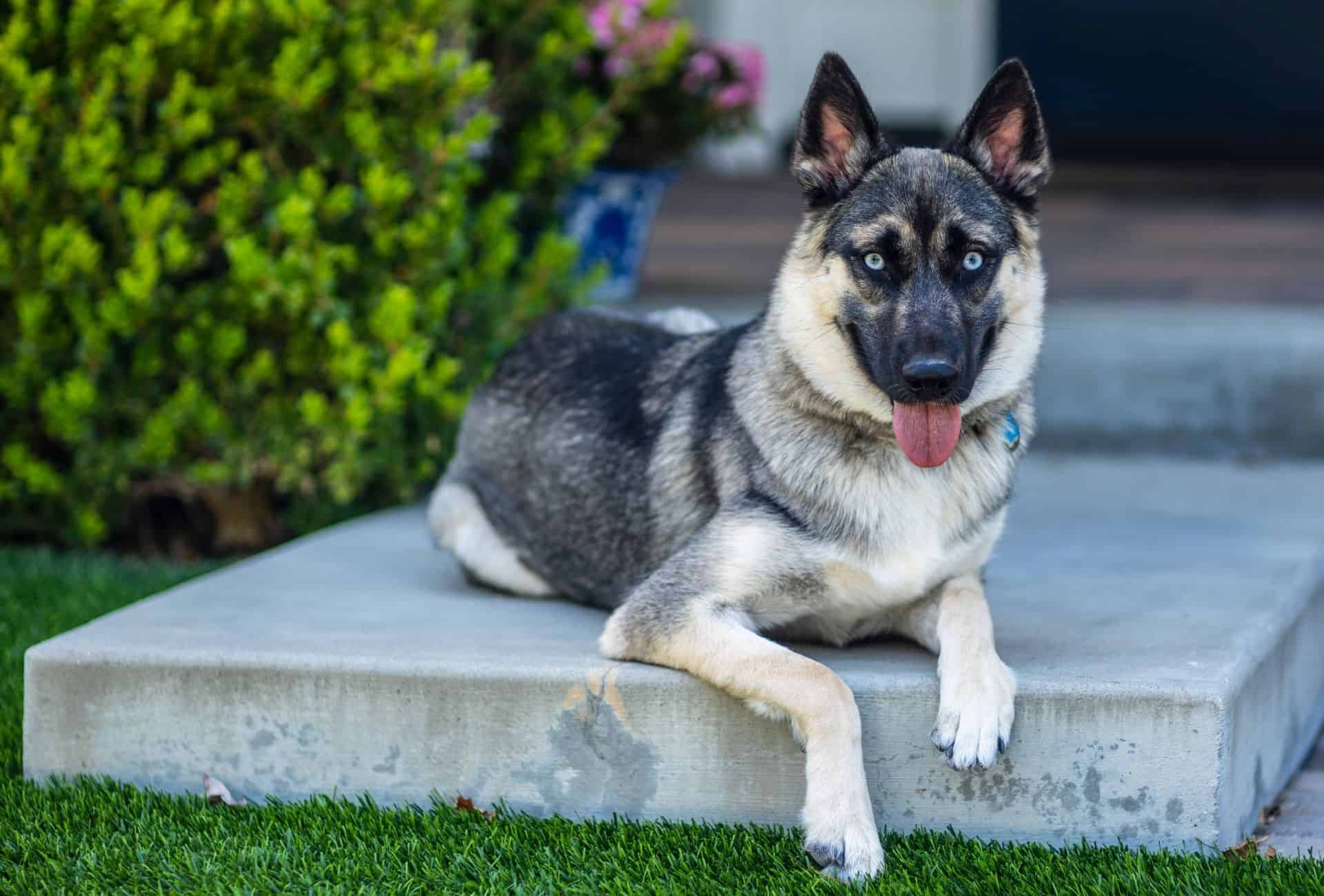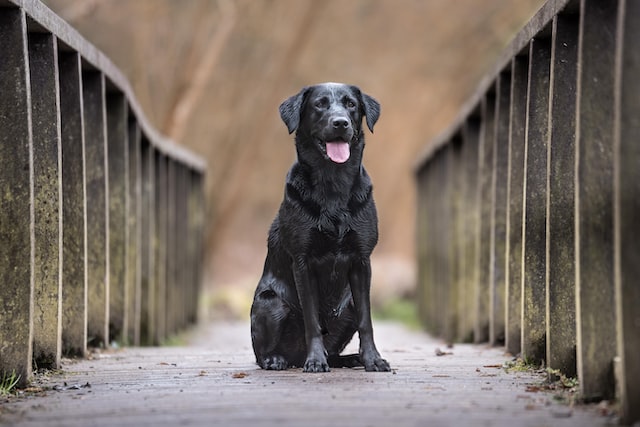Labrador Retriever is one of the most popular and beloved dog breeds in the world. Known for their friendly and outgoing personalities, Labradors are an ideal choice for families and individuals who want a loyal and loving companion. They are versatile dogs, suitable for a variety of activities, from hunting to therapy work and everything in between. This article will explore the key specifications of Labrador Retrievers, their physical appearance, behavior, care requirements, health, grooming, exercise, nutrition, and training.
Key Specifications of Labrador Dog
Labrador Retrievers are medium-sized dogs, weighing between 55 and 80 pounds and standing 21.5 to 24.5 inches tall. They have a thick, waterproof coat that can be either black, yellow, or chocolate in color. Labradors have a broad head, strong jaws, and a deep chest. Their tails are thick and otter-like, and they have webbed feet, making them excellent swimmers. They are highly intelligent and are known to be quick learners. Labradors have a lifespan of 10 to 12 years and are prone to certain health conditions such as obesity, hip dysplasia, and eye problems.
Behavioural traits of Labrador Dog Breed
Labrador Retrievers are known for their friendly, playful, and affectionate personalities. They are outgoing dogs that are eager to please their owners, making them easy to train. They are also known to be social dogs and enjoy the company of people and other animals. Labradors are known for their love of food and will eat just about anything, which can lead to obesity if not managed properly. They are also known to be very active dogs and need plenty of exercise and mental stimulation to keep them healthy and happy.
Physical appearance
Labrador Retrievers have a distinctive appearance, with a broad head, muscular neck, and deep chest. They have short, thick fur that is dense and waterproof, making them excellent swimmers. Their fur can be black, yellow, or chocolate in color, and they have large, expressive eyes. Their tails are thick and otter-like, and they have webbed feet, making them excellent swimmers. They are a medium-sized breed, with a height of 21.5 to 24.5 inches and a weight of 55 to 80 pounds.
Behaviour
Labrador Retrievers are known for their friendly and outgoing personalities, making them an ideal choice for families and individuals looking for a loyal and loving companion. They are highly intelligent and are known to be quick learners, which makes them easy to train. They are also known to be social dogs and enjoy the company of people and other animals. Labradors are known for their love of food and will eat just about anything, which can lead to obesity if not managed properly. They are also known to be very active dogs and need plenty of exercise and mental stimulation to keep them healthy and happy.
Care requirements for Labrador Dog Breeds
Labrador Retrievers are relatively low-maintenance dogs, but they do require some special care to keep them healthy and happy. They need regular grooming to keep their thick fur in good condition, and they need plenty of exercise and mental stimulation to keep them active and engaged. Labradors are prone to certain health conditions, such as obesity, hip dysplasia, and eye problems, so it is important to keep an eye on their weight and overall health. They also need a balanced diet to keep them healthy and strong.
Health
Labrador Retrievers are generally healthy dogs, but they are prone to certain health conditions, such as obesity, hip dysplasia, and eye problems. To keep them healthy, it is important to provide them with regular exercise, a balanced diet, and adequate veterinary care. Regular check-ups with a veterinarian, as well as genetic testing, can help to identify and manage any potential health problems. Additionally, regular grooming, including brushing and bathing, can help to keep their skin and fur healthy and prevent infections.
Grooming
Labrador Retrievers have thick, dense fur that requires regular grooming to keep it in good condition. They should be brushed regularly to remove loose hair and prevent matting, and they should be bathed as needed. Labradors are prone to skin irritations, so it is important to use a gentle shampoo and avoid over-bathing them. They also need their nails trimmed regularly to prevent them from becoming overgrown and causing discomfort.
Exercise
Labrador Retrievers are highly active dogs and require plenty of exercise to keep them healthy and happy. They need daily walks, as well as opportunities for play and mental stimulation. They are excellent swimmers and love to play in the water, so they can benefit from regular swims as part of their exercise routine. Labradors are highly intelligent dogs and enjoy learning new tricks and participating in training activities, so incorporating training into their exercise routine can provide both physical and mental stimulation.
Nutrition
Labrador Retrievers have a tendency to overeat and can become overweight if not managed properly, so it is important to provide them with a balanced diet. They need a diet that is high in protein and low in fat, with a moderate amount of carbohydrates to provide them with energy. They also benefit from regular portion control and meal times, to help prevent overeating. It is important to consult with a veterinarian to determine the best diet for your Labrador based on their age, weight, and activity level.
Training
Labrador Retrievers are highly intelligent dogs and are known to be quick learners, making them easy to train. They respond well to positive reinforcement techniques, such as treats, praise, and play. They are also eager to please their owners, making them highly motivated to learn. It is important to start training early, as Labradors can become stubborn and difficult to train if they are not provided with consistent and positive training experiences. Basic obedience training, socialization, and mental stimulation through games and activities are all important components of training for Labrador Retrievers.
In conclusion, Labrador Retrievers are a highly versatile and beloved dog breed that make excellent companions for families and individuals. They are friendly, outgoing, and eager to please, making them easy to train. They require regular exercise, a balanced diet, and adequate veterinary care to keep them healthy and happy. With their thick fur, friendly personalities, and love of water, Labradors are a truly unique and special breed that bring joy to the lives of those who own them.
History of Labradors
The Labrador Retriever is a popular breed of dog that originated in Newfoundland, Canada in the late 19th century. It is believed that the breed descended from St. John’s Water Dogs, which were used by fishermen in the area to help retrieve fish and other items from the water. Over time, these dogs were bred with other breeds, such as Newfoundlands and setters, to produce the modern-day Labrador Retriever.
The breed became popular in England in the late 1800s, and was officially recognized by the Kennel Club in 1903. The first Labrador Retriever was brought to the United States in the early 20th century and quickly became a popular breed for hunting and as a family pet. The breed’s popularity continued to grow, and by the 1950s, the Labrador Retriever had become one of the most popular breeds in the United States.
Today, Labrador Retrievers are still highly prized for their friendly and affectionate personalities, as well as their versatility and trainability. They are commonly used as service dogs for people with disabilities, as well as for search and rescue operations and hunting. They are also popular family pets, known for their loyalty and playfulness, and are highly valued as companion dogs.
In summary, the history of the Labrador Retriever is one of a versatile and beloved breed that has been used for a variety of purposes over the years. From its origins as a fishing dog in Newfoundland to its current status as one of the most popular breeds in the world, the Labrador Retriever has become a true icon of the canine world.
Frequently Asked Questions About Labrador Dog Breeds:
Do Labradors Get Along with Other Pets?
Labradors are known for their friendly and social nature, and they generally get along well with other pets. However, as with any dog, the way they interact with other pets will depend on their individual personality and training. Labradors are highly adaptable and tend to be very social, so they often enjoy the company of other dogs and other pets, such as cats. However, it is always a good idea to supervise interactions between pets, especially during their first few encounters, to ensure that everyone gets along safely.
Is the Labrador a Good Family Dog?
Yes, the Labrador is a great family dog. They are known for their friendly, loyal, and affectionate nature, and they tend to form strong bonds with their owners. Labradors are also very social and enjoy the company of people, so they are often a good choice for families with children. They are also highly adaptable and can do well in a variety of living environments, from a large family home to a small apartment.
Can Labradors Stay at Home Alone?
Labradors can stay at home alone, but they do best when they have companionship. They are highly social and enjoy being around people, so it is important to make sure that they are not left alone for extended periods of time. If you need to leave your Labrador alone for a few hours, make sure that they have plenty of toys and activities to keep them entertained and comfortable. If you are gone for longer periods, consider hiring a pet sitter or taking your dog to a dog daycare facility.
Are Labrador Dogs Easy to Groom?
Labrador dogs have a short, dense coat that is relatively easy to groom. They do shed, but regular brushing can help to control the shedding and keep their coat in good condition. Labradors are also fairly low maintenance when it comes to grooming, and they only need to be bathed occasionally. They do not need to be trimmed or clipped, and they do not require any special grooming tools or techniques.
Do Labrador Dog Bark a Lot?
Labrador dogs are not known for excessive barking, but like any breed, they may bark more or less depending on their individual personality and training. Labradors are highly social and may bark to alert their owners to potential danger, or simply because they want to interact with people or other pets. With proper training, most Labradors can be taught to bark only when necessary and to be quiet when asked.


 Blog3 years ago
Blog3 years ago
 Dog Breeds3 years ago
Dog Breeds3 years ago
 Dog Breeds3 years ago
Dog Breeds3 years ago
 Blog9 months ago
Blog9 months ago
 Dog Breeds3 years ago
Dog Breeds3 years ago
 Blog2 years ago
Blog2 years ago
 Blog4 years ago
Blog4 years ago
 Dog Breeds3 years ago
Dog Breeds3 years ago


